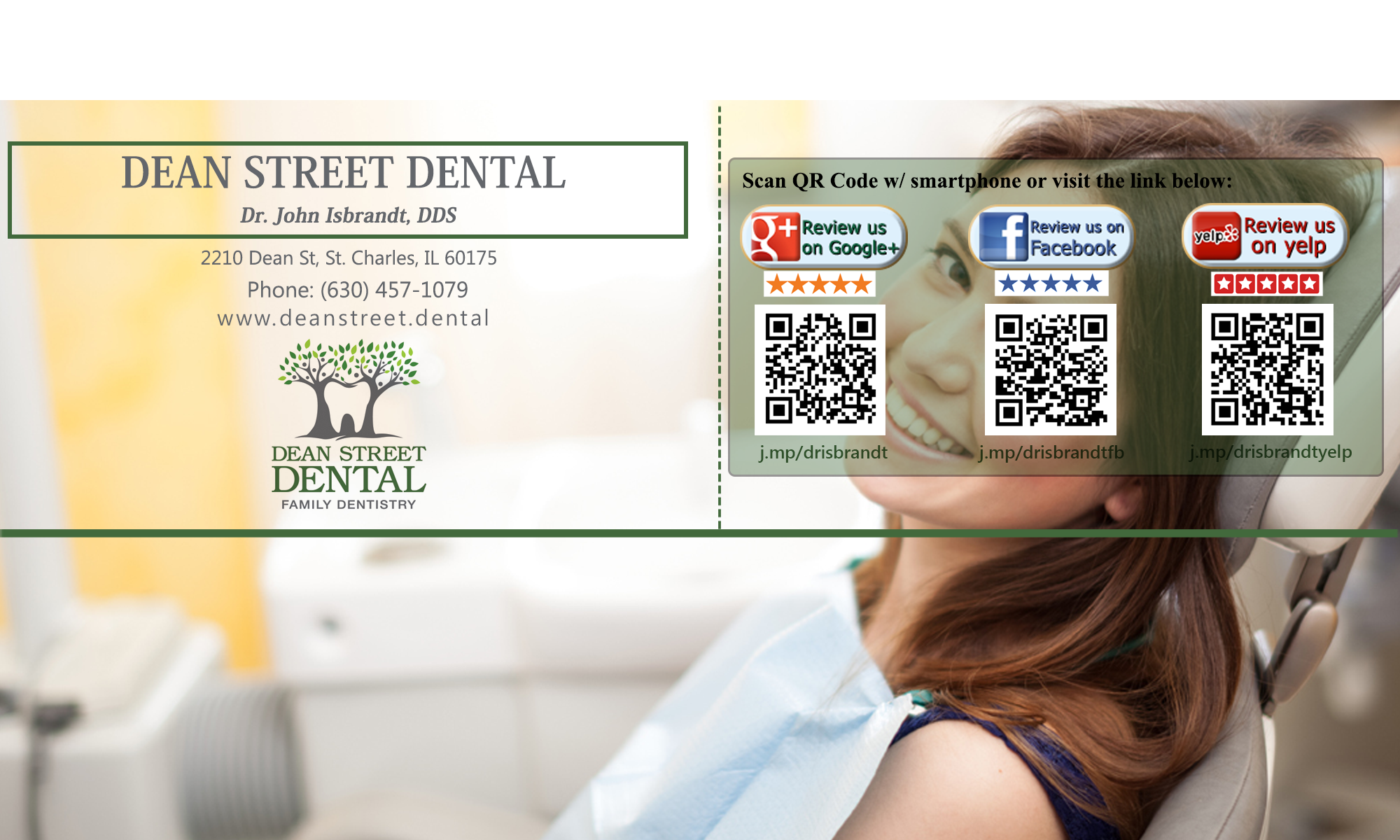Every woman wants to maintain their own health during pregnancy and to take whatever steps are necessary to give the baby the best possible start.
There are a few factors in your oral health to look out for during this time.
One consideration is that it’s common for pregnant women to have the urge to eat between meals. The risk is that frequent snacking on carbohydrate-containing foods can encourage tooth decay.
Bacteria in your mouth � called plaque � can convert the sugar and starch in your mouth into an acid that attacks tooth enamel. After repeated attacks, tooth decay can result.
So, when you need a snack, try to choose foods that are nutritious for you and your baby such as raw fruits and vegetables and dairy products.
During pregnancy, your body’s hormone levels rise considerably. Gum problems, such as gingivitis, are especially common during the second to eighth months of pregnancy. They may cause red, puffy or tender gums that bleed when you brush.
This is an exaggerated response to plaque caused by higher levels of progesterone in your system. Your dentist may recommend more frequent cleanings at some stages to help you avoid problems.
Occasionally overgrowths of gum tissue, called “pregnancy tumors,” appear on the gums during the second trimester. These localized growths or swellings are usually found between the teeth and are thought to be related to excess plaque.
They bleed easily and are often surgically removed after the baby is born.
Studies indicate that pregnant women who have severe periodontal (gum) disease may be at increased risk for pre-term delivery, which in turn increases the risk of having a low-birth-weight baby.
So it’s particularly important to maintain good oral health during pregnancy. Make sure you clean your teeth carefully and visit your dentist regularly.
